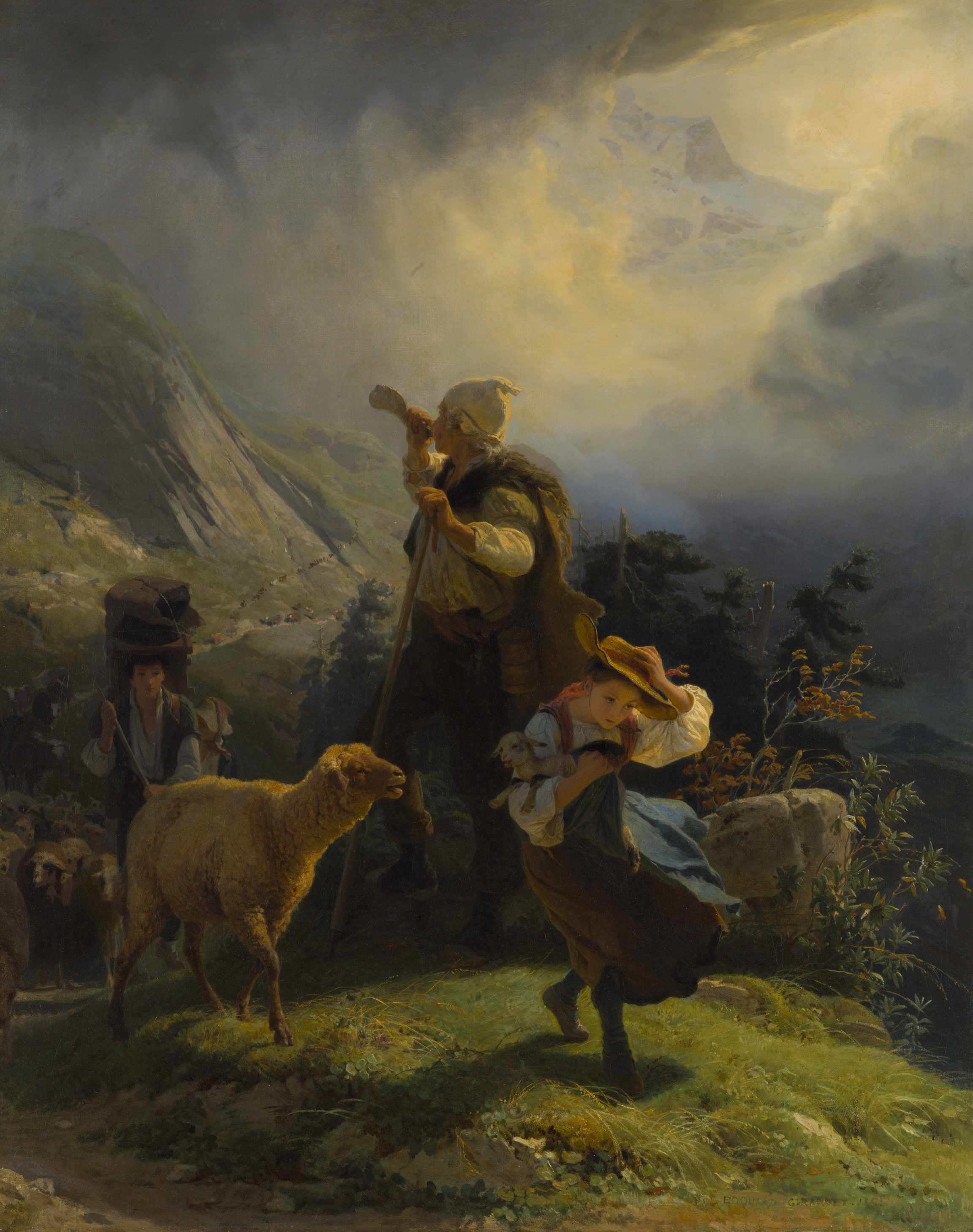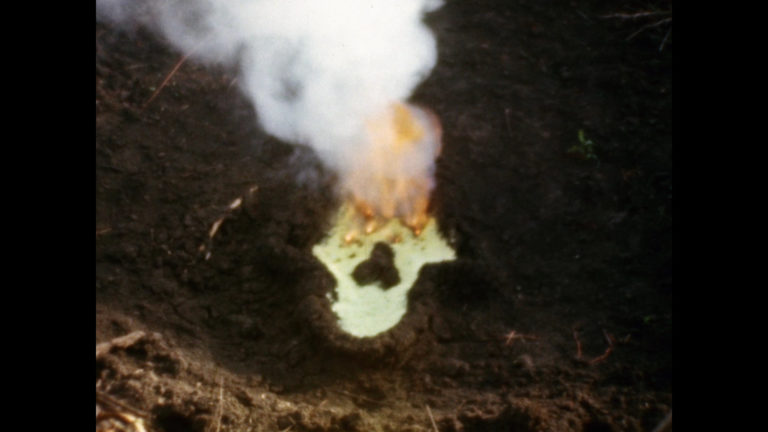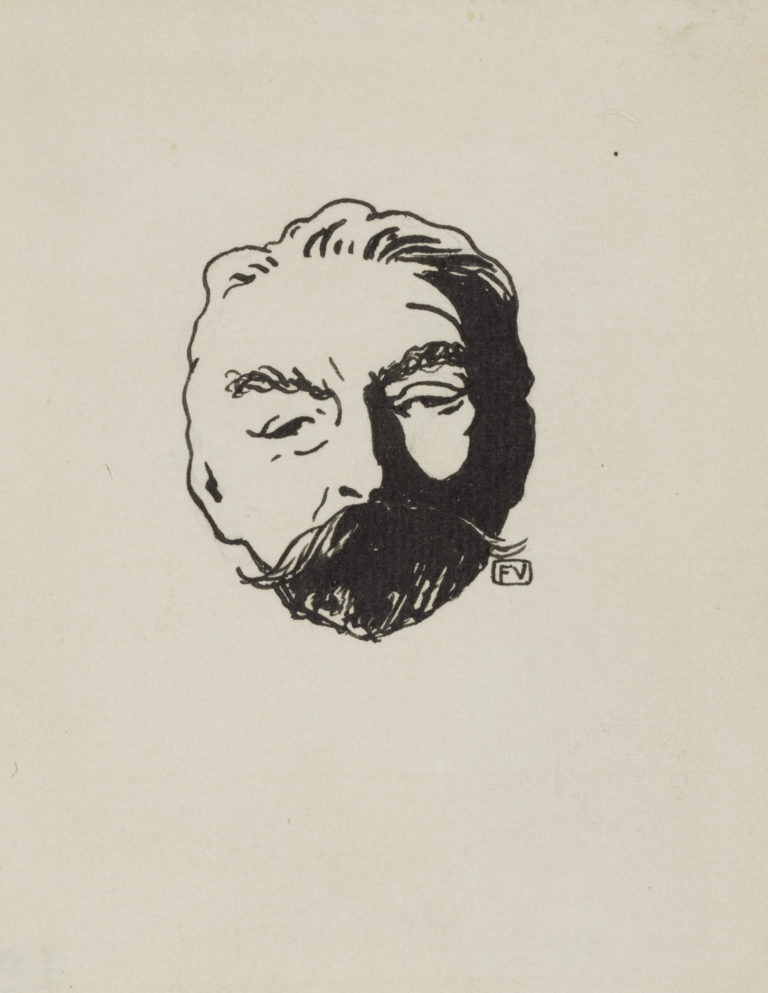Bibliography
Elizabeth Fischer et Catherine Lepdor (eds.), Modes et tableaux. Œuvres de la collection et costumes de 1700 aux années folles, Les Cahiers du Musée des Beaux-Arts de Lausanne n° 10, 2000: n° 27.
Von Anker bis Zünd. Die Kunst im jungen Bundesstaat 1848-1900, exh. cat. Zurich, Kunsthaus Zürich, 1998.




The Bernese Oberland developed a busy tourist trade as early as the latter half of the eighteenth century. Local artists would churn out engravings and paintings of the most picturesque views showcasing a chocolate-box Switzerland with figures clad in traditional folk costumes. Contrasting the hustle and bustle of city life and a quieter, gentler rural lifestyle may have been simplistic, but it remained a winning combination fifty years later when the Swiss-French artist Édouard Girardet first made a name for himself. He owed his reputation to the Swiss subjects he sent to the Paris Salon, building on the Geneva school of Alpine landscapes.
When Girardet settled in Brienz in 1845, he began producing his most intimate works, inspired by the lives of the local villagers, especially shepherds. This scene, bringing the sheep down from the Alpine pastures, features a triangular composition in the foreground inherited from another Swiss master, Léopold Robert. Girardet fills the scene with energy by deepening the middle ground and closing off the background with clouds parting to offer a glimpse of the Alps.
Girardet’s work, tinged with Romanticism, focuses not so much on the picturesque folk costumes as on the scene’s dramatic potential. The storm is about to burst, darkening the sky and sending the herds of cattle and sheep hurrying down the mountain slope. The group in the foreground is crossing a pass, exposed to the howling wind that is tearing the hat from the girl’s head. A sunbeam lights up her graceful figure, a lamb in her arms. The pair offer a twofold symbol of innocence. The painstaking paintwork and slightly vapid sentimentality anticipate the Zurich-born novelist Johanna Spyri’s Heidi, a much-loved figure of rural girlhood deeply rooted in nature.